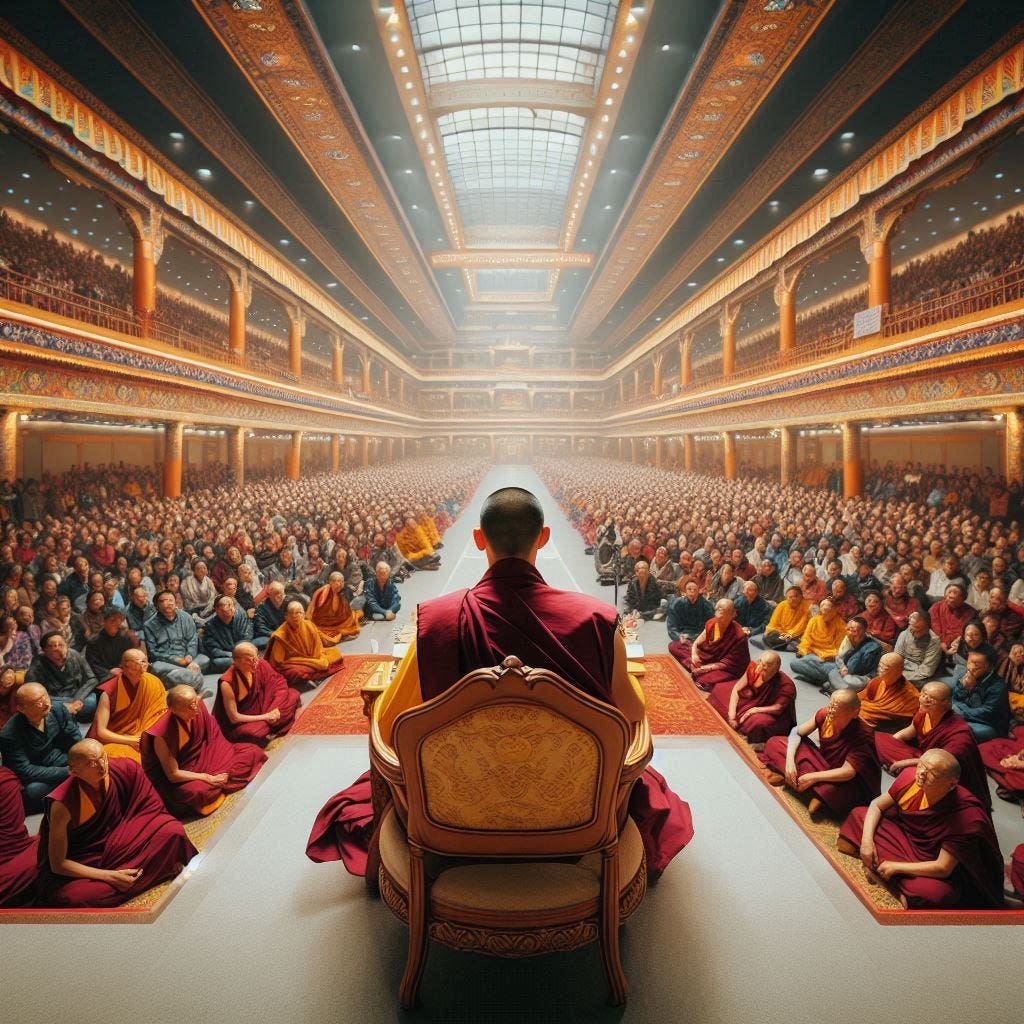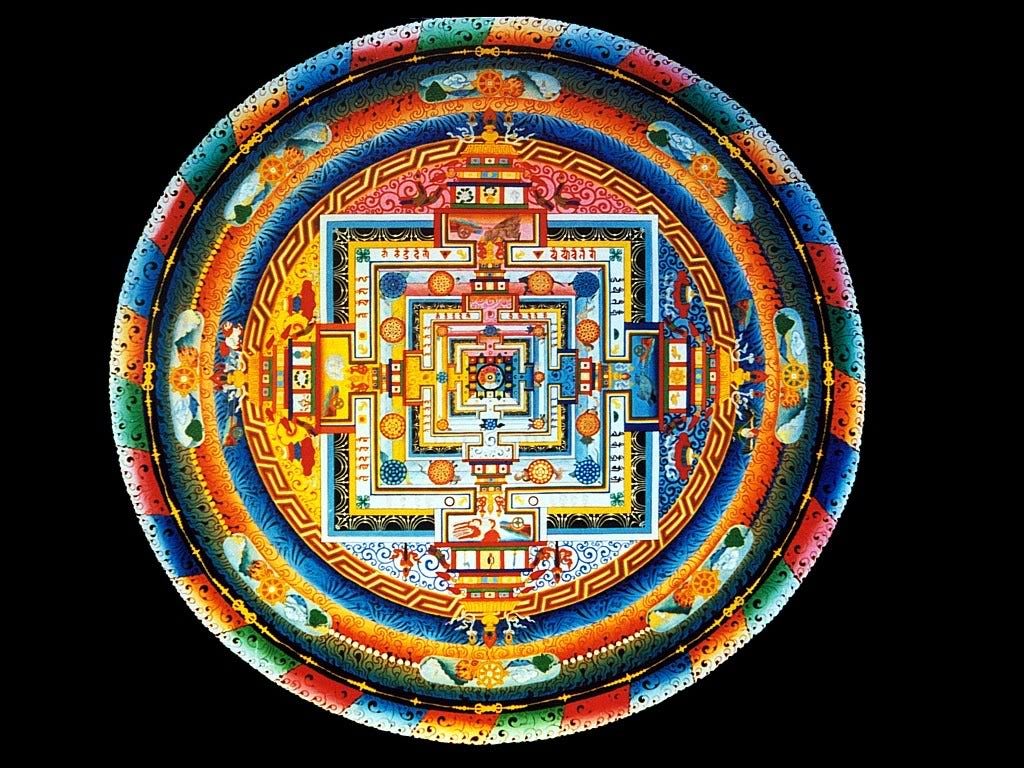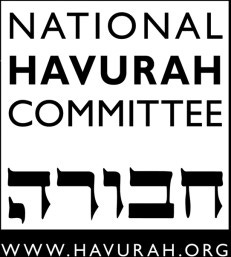Tachat ha-Shemesh – Under the Sun
Weekly Torah Insights from Miami
How does one measure time? Before this; after that is one way. The semicolon marks a tipping point. Before this; - In my case, before meeting Walli, before the birth of my first child, before ordination, before lots and lots of positive tipping points I behaved one way and after that another way.
Not all tipping points are positive. For example: After Vietnam, after meningitis, after Covid… Before I behaved one way, and afterward another way.
Not all were so salient. Some were subtle, such as the moment I sat in the audience with nearly 200 others at the feet of a Tibetan Buddhist monk at an international interfaith symposium. He concluded his presentation with three softly spoken statements that I recognize now as a tipping point. Before that, my writing career was on the conventional path of American fiction: novels and short stories. After that ….
What prompts this Substack post is the opening passage of Parshat Shmini, the Torah portion for this coming Shabbat. Aaron’s sons reach a terminal tipping point. They decide to enter the Divine Presence without proper preparation.
וַיִּקְחוּ בְנֵי־אַהֲרֹן נָדָב וַאֲבִיהוּא אִישׁ מַחְתָּתוֹ וַיִּתְּנוּ בָהֵן אֵשׁ וַיָּשִׂימוּ עָלֶיהָ קְטֹרֶת וַיַּקְרִיבוּ לִפְנֵי יְהוָֹה אֵשׁ זָרָה אֲשֶׁר לֹא צִוָּה אֹתָם: וַתֵּצֵא אֵשׁ מִלִּפְנֵי יְהוָֹה וַתֹּאכַל אוֹתָם וַיָּמֻתוּ לִפְנֵי יְהוָֹה:
The sons of Aaron, Nadav and Avihu, each took their firepans. They charged them with fire and incense. Then they approached God with an alien fire they had not been instructed to bring. A flame went out from the presence of God. It consumed them. They died in the presence of God. (Lev. 10:1,2)
These verses brought to mind the presentation of that Buddhist monk. He sat draped in a maroon robe in the elevated speaker’s chair. He spoke of his spiritual discipline with clarity and sincerity. During his talk he mentioned just in passing that Buddhism contained a body of hidden knowledge.
Afterwards he accepted questions, the first of which was, “Can you give us an example of that hidden knowledge?”
I was astonished by the hutzpah of the questioner. I would have dismissed him out of hand. After all, what is hidden is hidden! But the monk was patient. He pondered for a long moment considering the intent of the questioner and the nature of the assembly. What could he share?
I made good use of that moment. After all, I was to address that same audience from that same chair the next morning. How would I respond if I were challenged in such a fashion? Hidden knowledge is hidden because revealing it to those who are not trained to receive it might put them in danger, even extreme danger as in the case of Nadav and Avihu.
The early Rabbis in Mishnah Hagigah (2:1) speak directly to what can be shared and with how many:
אֵין דּוֹרְשִׁין בַּעֲרָיוֹת בִּשְׁלֹשָׁה. וְלֹא בְמַעֲשֵׂה בְרֵאשִׁית בִּשְׁנַיִם. וְלֹא בַמֶּרְכָּבָה בְּיָחִיד, אֶלָּא אִם כֵּן הָיָה חָכָם וּמֵבִין מִדַּעְתּוֹ.
One does not discuss matters concerning licentious sexuality to more than three at a time, nor matters concerning Ma’aseh Beraysheet (the Work of Creation) to more than two, nor matters concerning Ma’aseh Merkavah (the Work of the Chariot) to more than one, and then only to a person who has both rational wisdom and intuitive grasp (hochmah and binah).
The teacher must know his audience and what they are prepared to receive. That’s why movies are rated according to sexual content. Ma’aseh Beraysheet corresponds to theological knowledge capable of altering one’s worldview, dangerous to a person without solid rational grounding. Ma’aseh Merkavah refers to the visionary journey emanating from the first chapter of Ezekiel. Without proper preparation, such a journey might cause serious harm to an imbalanced person. Concerning this, the Talmud tells the story of the four who descended into Paradise (PaRaDiSe, PRDS), perhaps the best-known warning concerning irresponsible meditative practice (Talmud Hagigah 14b).
תָּנוּ רַבָּנַן: אַרְבָּעָה נִכְנְסוּ בַּפַּרְדֵּס, וְאֵלּוּ הֵן: בֶּן עַזַּאי, וּבֶן זוֹמָא, אַחֵר, וְרַבִּי עֲקִיבָא. אֲמַר לָהֶם רַבִּי עֲקִיבָא: כְּשֶׁאַתֶּם מַגִּיעִין אֵצֶל אַבְנֵי שַׁיִשׁ טָהוֹר, אַל תֹּאמְרוּ ״מַיִם מַיִם״, מִשּׁוּם שֶׁנֶּאֱמַר: ״דּוֹבֵר שְׁקָרִים לֹא יִכּוֹן לְנֶגֶד עֵינָי״.
The sages taught: Four entered into PaRDeS. They were Ben Azzai, Ben Zoma, Aher and Rabbi Akiva. Rabbi Akiva cautioned them: “Should you reach the place of pure marble stones, don’t declare, ‘Water! Water!’” For this reason, this verse from Psalms (101:7) cautions us: A person who speaks falsehood cannot exist in my sight.
In the physical realm the word PaRDeS has the meaning of orchard, but its spiritual meaning is Paradise. One descends to Paradise. The four Rabbis who participated in this descent were great mystics, Rabbi Akiva most prominent among them, perhaps because he was the only one to survive unscathed.
One can compare a descent into PaRDeS to a deep scuba dive. As one breaks the surface, one enters a new world with new rules. The deeper one goes, the greater the change in sensory perception. One needs to descend with care, for even small errors might have profound consequences. Rabbi Akiva warns not to be deceived by one’s eyes. The Talmud text continues to recount what happened to each of the four:
בֶּן עַזַּאי הֵצִיץ וָמֵת, בֶּן זוֹמָא הֵצִיץ וְנִפְגַּע. אַחֵר קִיצֵּץ בִּנְטִיעוֹת. רַבִּי עֲקִיבָא יָצָא בְּשָׁלוֹם.
Ben Azzai peeked and died… Ben Zoma peeked and was harmed…. Aḥer chopped down the shoots. Rabbi Akiva emerged whole.
One glimpse of the Divine Light was enough to overwhelm and kill Ben Azzai. Ben Zoma did not die, but it became difficult for him ever after to function in the rational world. Aher is the nickname given to Elisha ben Abuya. Aher means outsider. After his deep descent, he separated from rabbinic authority. As for Rabbi Akiva, he emerged b’shalom – whole.
Rabbi Akiva returned to the surface with refined knowledge and insight. To gain such wholeness was the reason these four Rabbis were willing to take such risks. Only Akiva succeeded.
In those seconds during which the Buddhist monk pondered his response, I considered all the above. I thought that if I were challenged, I might share the warnings but not the processes. Process would be how one penetrates the surface and descends into PaRDeS.
Perhaps I might hint at but not detail the framework of the Merkavah world, the PaRDeS toward which the four Rabbis were descending. The goal of such a descent was to emerge whole, like Rabbi Akiva. But the risks involved were significant. How much could I share?
All of this I considered in those few seconds during which the audience sat in rapt and respectful attention, waiting for the monk to respond. When he resumed speaking, he had only a few words:
“This is hidden knowledge,” he said. Then he listed three items, pronouncing each with care, leaving space between each for consideration.
The mandala.
The sky is blue.
Birds sing.
With that his presentation was complete. The audience dispersed in silence. Except for me. I don’t know how long I sat there. I had heard his words deeply and peeked through them into his intent, into what he revealed to those who were prepared to understand, and what remained hidden to those not yet ready.
Afterward I had the benefit of the night to ponder and to sleep on those words. The next morning, it was my turn to occupy the chair. I said:
“I have little to add to what we learned from our revered teacher last night. We have similar practices in Jewish tradition. Our discipline allows us to recognize the holy in every element of creation…”
I spoke of a variety of Jewish meditative practices. Then I added:
“And we also have our body of hidden knowledge. Let me expand upon the words our teacher left with us last night:
“The mandala.
“What is hidden about the mandala is in plain sight. The mandala is more than a decorative object, and more than a reminder of impermanence. It is a map and an operating system for a descent into paradise.
“In Jewish mystical tradition we construct an internal mandala. It is a multi-dimensional path, going deeper and deeper as one nears the center.
“Imagine approaching a series of awesome temples, one within the other, a temple within a temple within a temple… Perhaps as many as seven temples... The entrance to each temple is guarded by angels that are fearsome in appearance. They were stationed in you long ago to protect you from an experience that would have overwhelmed you at that stage of your development. They will remain in place, walling off a piece of yourself within yourself until you reconcile your internal conflict with them. Then they will admit you to the next temple with more guards and a deeper conflict that will also require reconciliation. Then another temple, another encounter… This is a long process requiring many meditative descents… It must be managed with care, because to bypass a Temple and fail to reconcile with the earlier guards would leave you vulnerable… You might be overwhelmed. Or damaged. Or die… As with any discipline with such exposure, you do this practice with a guide. Your purpose is to emerge whole, with all conflicts reconciled.
“At the center of the Temples you might find yourself engulfed in a sky of sapphire blue, suspended in a radiance that dissolves your sense of self.
“You may be privileged to hear the songs the angels sing.
“And then, having internalized the temples, you will no longer need the image. Like a Tibetan sand mandala, you can sweep it aside.”
For centuries Buddhism has been hiding its spiritual wisdom in plain sight. I figured that if Buddhism can make its spiritual wisdom available for anyone sensitive and wise enough to access it, we can do so in Judaism also. The rebbes often conclude their teachings with Mi she-yavin yavin – those who are capable of understanding will understand.
The letters of the word PaRaDiSe are themselves an operating system to allow one to dive into paradise through words of Torah. Matbaya Tefillah – the Imprint of Prayer – is the map that guides one through the worlds of experience to stand among the angels and participate in the songs they sing before the Throne of Glory. We have kept these disciplines hidden, so much so that few even know those terms let alone the practices associated with them.
As I look back, I realize my writing and teaching changed thereafter. If you would like an introduction to PaRDeS Torah-learning, you can download to your computer or Kindle an e-book, Zoom Torah, at no cost. It is a progression of divray Torah – single words of Torah, one from each parshah, entry points to the worlds below. A bit more advanced is a print volume, Beyond Prayer, which maps the path through prayer.
Wishing all well as we count the days to Sinai, to the festival of Shavuot.
The NHC Summer Institute 2025 will take place Monday, July 28th - Sunday, August 3rd at the Pearlstone Retreat Center in Reisterstown, Maryland. I hope to see you in person this summer.
The National Havurah Committee (NHC) is a network of diverse individuals and communities dedicated to Jewish living and learning, community building, and tikkun olam (repairing the world). For more than 40 years, the NHC has helped Jews across North America envision a joyful grassroots Judaism. The NHC is nondenominational, multigenerational, egalitarian, and volunteer-run.






